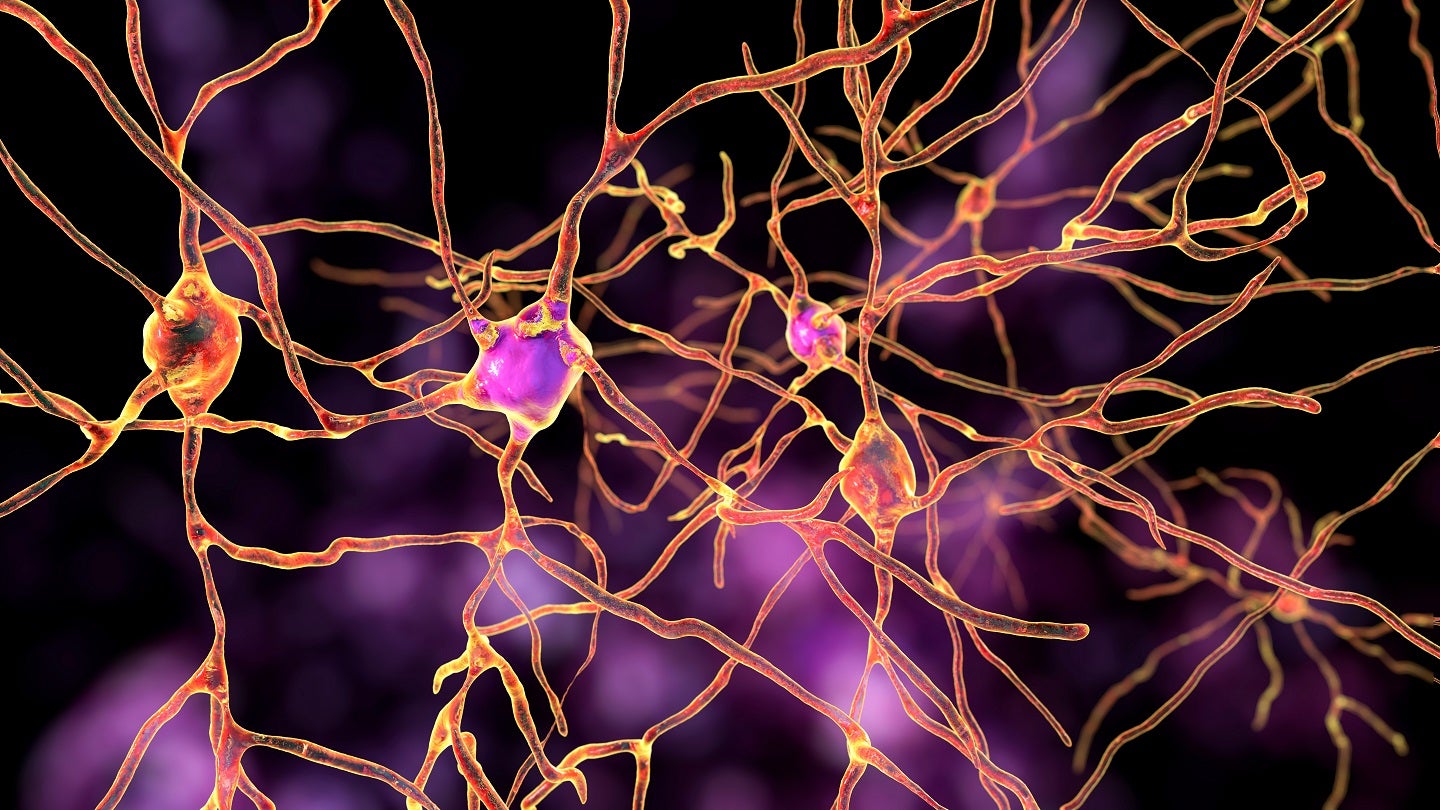
Neurocrine Biosciences’ valbenazine has met pre-defined primary and secondary endpoints of improvement in chorea severity and global impression of change in patients with chorea associated with Huntington’s disease (HD), in a Phase III trial.
Improvement was observed as early as week two of the initial dose of 40mg valbenazine in the 12-week, randomised, double-blind, placebo-controlled KINECT-HD Phase III study.
Conducted at 46 Huntington Study Group (HSG)-credentialed sites in North America, the trial enrolled a total of 128 adults aged 18 to 75 years.
It evaluated the tolerability, efficacy and safety of valbenazine as a once-daily treatment to reduce chorea associated with HD.
Significantly greater improvement in the Unified Huntington’s Disease Rating Scale (UHDRS) Total Maximal Chorea (TMC) score was demonstrated in patients treated with valbenazine against placebo as per top-line data from the KINECT-HD study reported in December 2021.
Improvements were also observed in the study patients whose dose was adjusted from 40mg to 60mg and 80mg from weeks four to 12.
How well do you really know your competitors?
Access the most comprehensive Company Profiles on the market, powered by GlobalData. Save hours of research. Gain competitive edge.

Thank you!
Your download email will arrive shortly
Not ready to buy yet? Download a free sample
We are confident about the unique quality of our Company Profiles. However, we want you to make the most beneficial decision for your business, so we offer a free sample that you can download by submitting the below form
By GlobalDataThe Phase III KINECT-HD study is said to be the first-ever trial that implemented Huntington’s Disease Health Index (HD-HI), a new, validated, disease-specific, patient-reported outcome measure.
Exploratory endpoints including decreased burden from abnormal movements, and improvement in mobility and hand/arm function were also observed in the study, which compared patients receiving valbenazine against placebo.
Last December, the US Food and Drug Administration (FDA) accepted Neurocrine’s KINECT-HD study’s supplemental New Drug Application (sNDA) for valbenazine and for its ongoing KINECT-HD2 study.
Chorea associated with HD is a neurodegenerative disorder in which the loss of certain neurons causes motor, cognitive and psychiatric symptoms.







